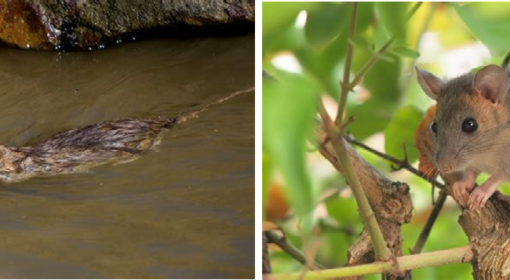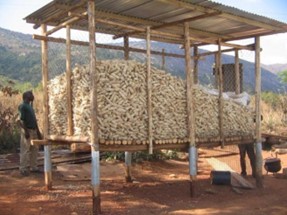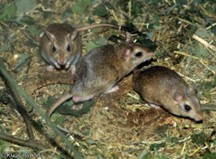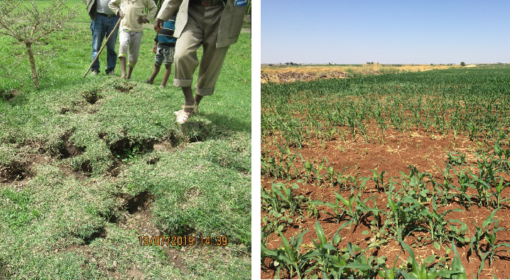Man and ecology
Postcard from Awezet, Farta (Amhara, Ethiopia)
Posted by Frank van Steenbergen, Getachew Engdayehu, and Bantamlak Wondmnow
June 05, 2019
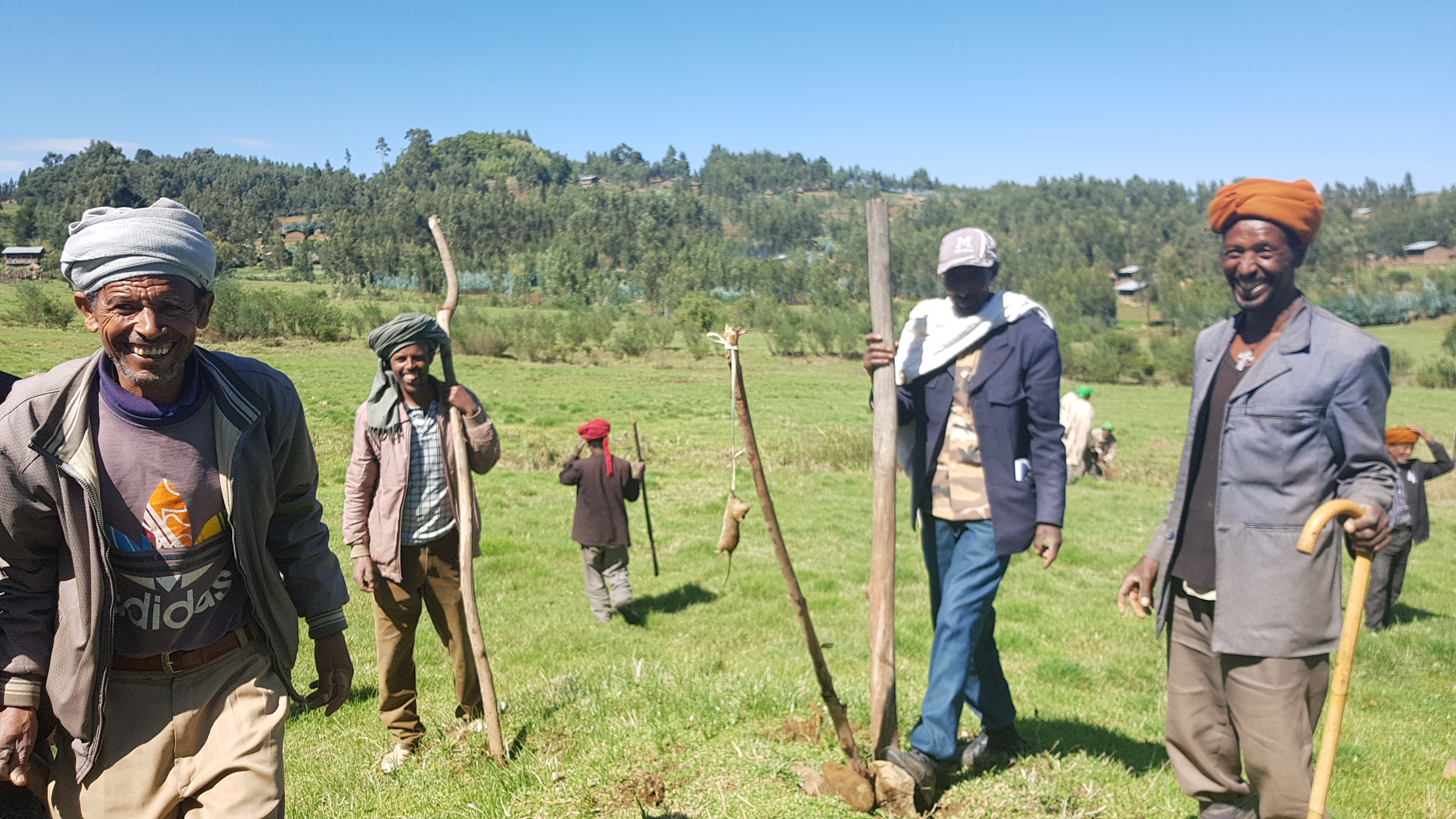
Located at the foot of the Guna Mountain in Amhara Region, life in Awezet has become gradually better over the last twenty five years. First it was the introduction of farm inputs, particularly fertilizers that caused crop yields to go up. The new disposable income was used by most people to build a new house, with stone foundations, tin roofs and a storage room underneath. The old houses were not demolished but kept for livestock and cooking, creating a more healthy home environment in the new main house: less smoke, less ticks and flies.
However, the intensive farming took its toll on the land – erosion accelerated and the common pastures were overgrazed. And then came a new revolution ten years ago that made life even better. Guided by the government, the landscape in Azewet was restored. Each adult devoted fifteen to thirty days in the lean season on implementing a variety of measures – making terraces, placing stone bunds, plugging gullies and controlling the free grazing of livestock. As it was done at massive scale it completely transformed and regreened area. The barren village pastures became green again, with enough grass to cut and take to the houses. There was more mon the soil, crops were no longer stressed and soil organisms thrived, increasing natural soil fertility. With the remodelled ecology balances changed, mostly for better: a better water economy, erosion under control, and a better micro-climate.
Then the rats came in large numbers. The remodelled landscape suited them better too. The various stone structures build to control erosive run-off become safe harbours for rodents. The controlled grazing helped to regenerate the grass land, but also did away with the trampling of the livestock and the shepherds killing rats. Above all, the success of the watershed re-greening was that food became abundant and available almost throughout the year. All this caused the rat population to boom. Rats multiply quickly: one rat can have 1500 offsprings in a year. Apart from field rats, mole rats made their appearance too. The mole rats found it convenient to make long tunnels in the softer, more moist soils.
The impact of the rodent outbreak is severe. All grass on the grazing area may be eaten by the rats and close to half of the crops may be lost – either devoured or cut and damaged. The mole rats disturb the roots of potatoes, which is otherwise the main cash crop. Around the houses the rats can be unbearable: the running along the ceiling, the damage to clothes and property, and their constant attack on all food stored.
What happened in Awezet is dramatic but not exceptional. All over the world, rats damage crops either on the field or in the stores. One estimate is that were we to control rodents effectively we could feed 400 Million globally. Losses in many areas are routinely 10 to 15% with occasional peaks. Rats are also a global health hazard – carrying more than 60 known diseases .
The same organized spirit that helped to transform and re-green the watershed in Azewet is now used collectively to control rats with a variety of methods summarized as ‘ecological rodent management’. Best is to control rats in the season when their population is at the lowest. In highland Amhara, this is when the rains have just started and fields are being prepared. This unsettles the rodents, causing them to escape to grazing land, the church forests, and the houses of people.

Thereafter, there is a range of measures that can be used. One Is to destroy the habitat: plugging holes, flooding burrows, strengthening stone bunds. In and around the houses many things can be done: keeping cats, rat-proofing the house, deploying traps and having proper storage – either in store houses on stilts (with medicated disks to keep rats away)– or hermetic bags. There are also plants that rats do not like; that either repel or kill them. Placing sharp bushes or planting Vetiver grass along bunds prevents rats from moving along these ‘highways’. By creating open spaces around the fields or by intercropping, natural enemies are given a better chance to catch the rodents. Another measure is to synchronize the planting and harvesting of the main crops so that rats cannot move from one field to another to still their hunger. Finally, also on the grazing land, minimum controlled grazing is reintroduced – not many animals but a few on a number of days just enough to get the balance back.

{jcomments on}
